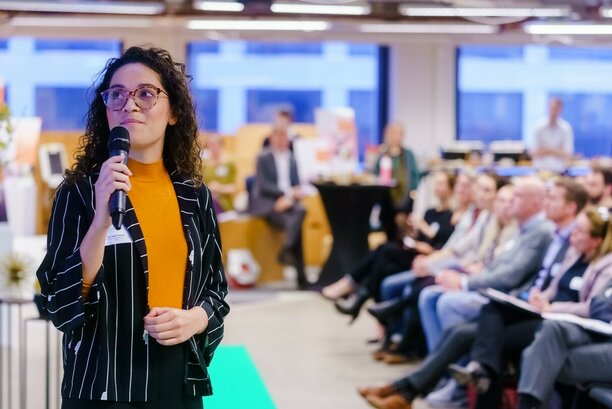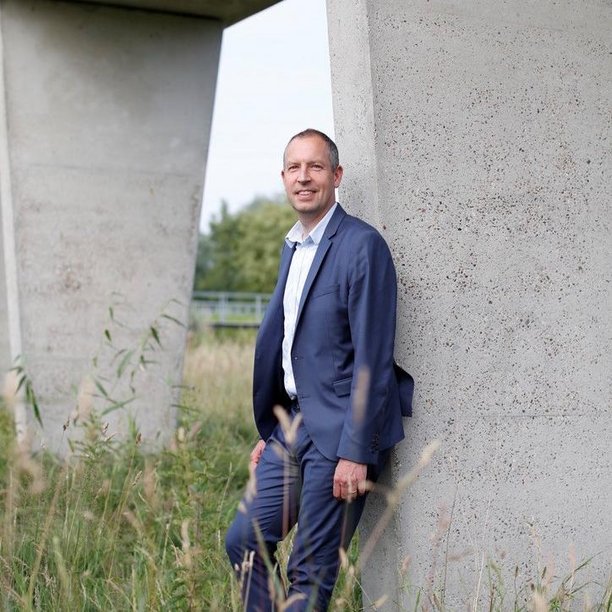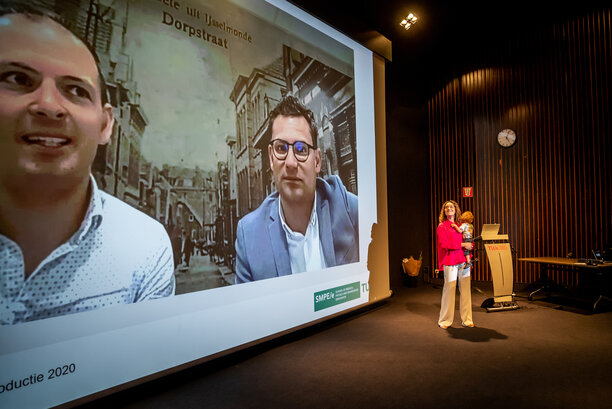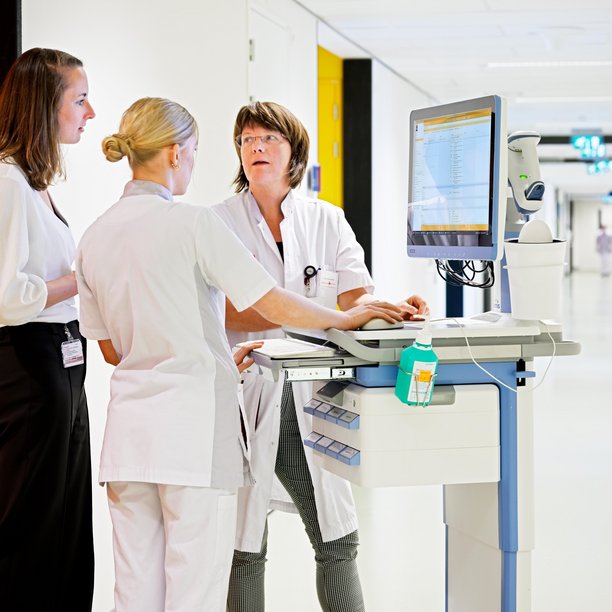Working on the intersection between technology and healthcare
Sade Faneyte gets the 100th diploma for the two-year clinical informatics program.
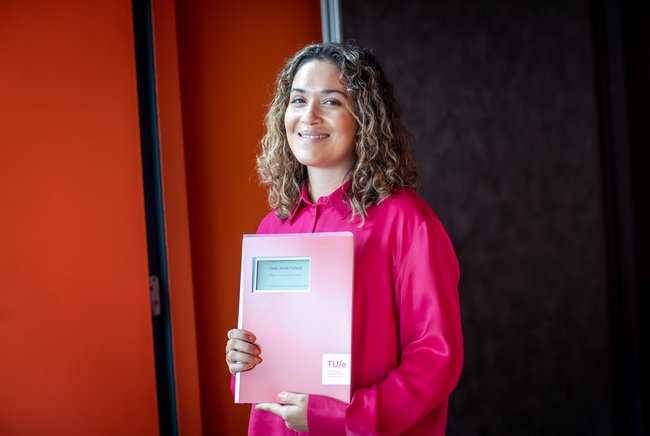
From a white paper in 2010 which spelled out the PDEng clinical informatics program to the 100th diploma being awarded to Sade Faneyte last Friday. The two-year course has already produced many alumni who work on complex ICT systems and innovative technologies like artificial intelligence (AI) in Dutch healthcare institutions, such as hospitals.
Healthcare is rapidly digitizing. Think of electronic patient records and software being increasingly used as a medical tool. For example, the correct software ensures the medical image processing of an ultrasound scan is done. That all falls within the field of the clinical informatician. However, it also includes managing complex information systems and flows and, for instance, procuring new equipment for hospitals.
“Healthcare institutions’ processes are becoming more and more complex, and for that, you need people with the correct ICT and processes’ know-how,” says Guido Zonneveld, co-initiator of the PDEng course and Applied Physics lecturer. “The healthcare sector in the Netherlands is also struggling with a staff shortage. Technology could provide a solution. That means a new way of working, and changes in organizations. Our field of expertise lies in ensuring digital resources with the required quality can be safely deployed,” says clinical informaticist and TU/e alumnus René Verhaart, who works at Maasstad Hospital in Rotterdam.
Verhaart continues: “A clinical informaticist thinks about what kind of information needs to be conveyed, how it’s structured, and whether the word usage is unambiguous. Hospitals use the same language among themselves, but if that information has to go to a nursing home or mental health institution, it’s important that you’re talking about the same thing.”
Dynamics
Healthcare organizations often still have traditional dynamics: you make an appointment, get that examination, and make a follow-up one. “With digitization, say, via E-health applications where the patient takes readings at home, those processes must also change. Not only in a practical sense but also, for example, what information you can share and who can claim costs from their health insurer. Doctors or administrators don’t think about that; this is the field of clinical informatics,” says Zonneveld. “It oversees the whole process.”
More on our strategy


![[Translate to English:] [Translate to English:]](https://assets.w3.tue.nl/w/fileadmin/_processed_/c/f/csm_BvOF_2024_0319_AEV_license_TUe_Dirk_van_Meer_-_CORE_1__c976e259a5.jpg)

